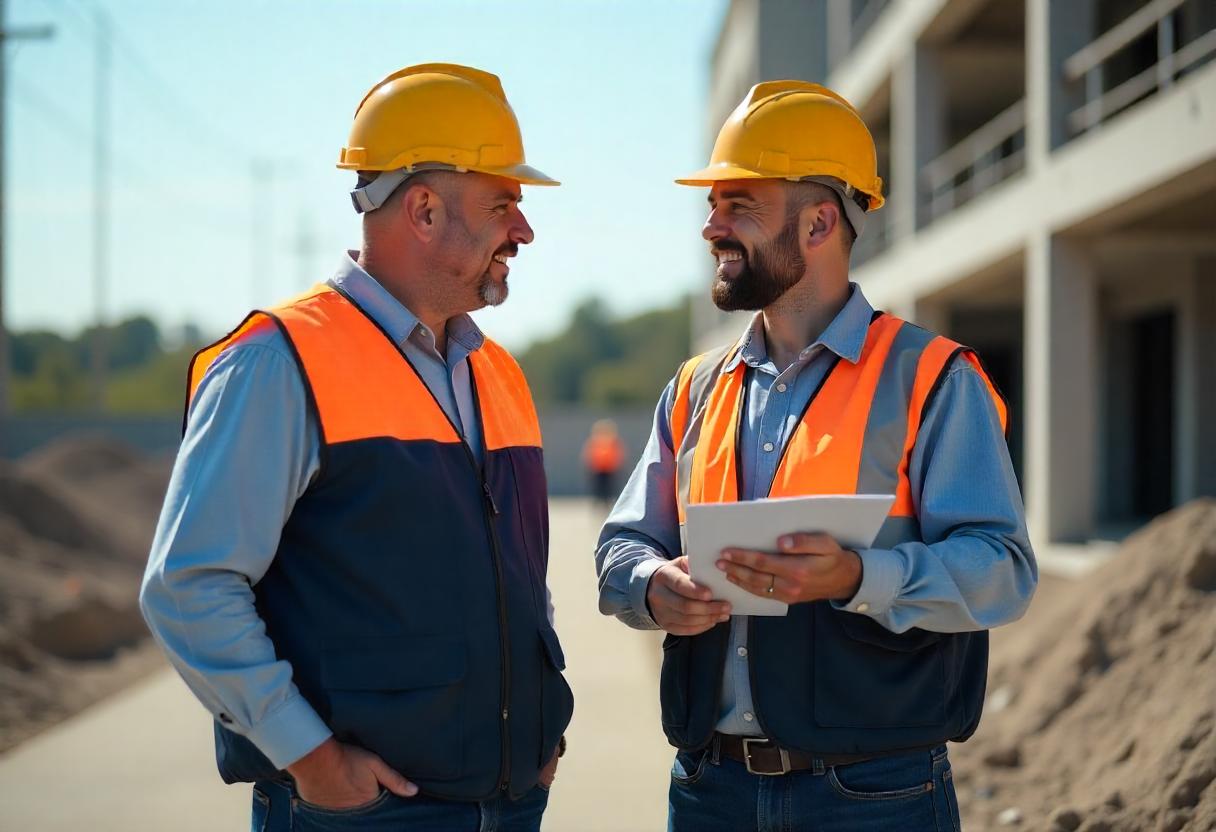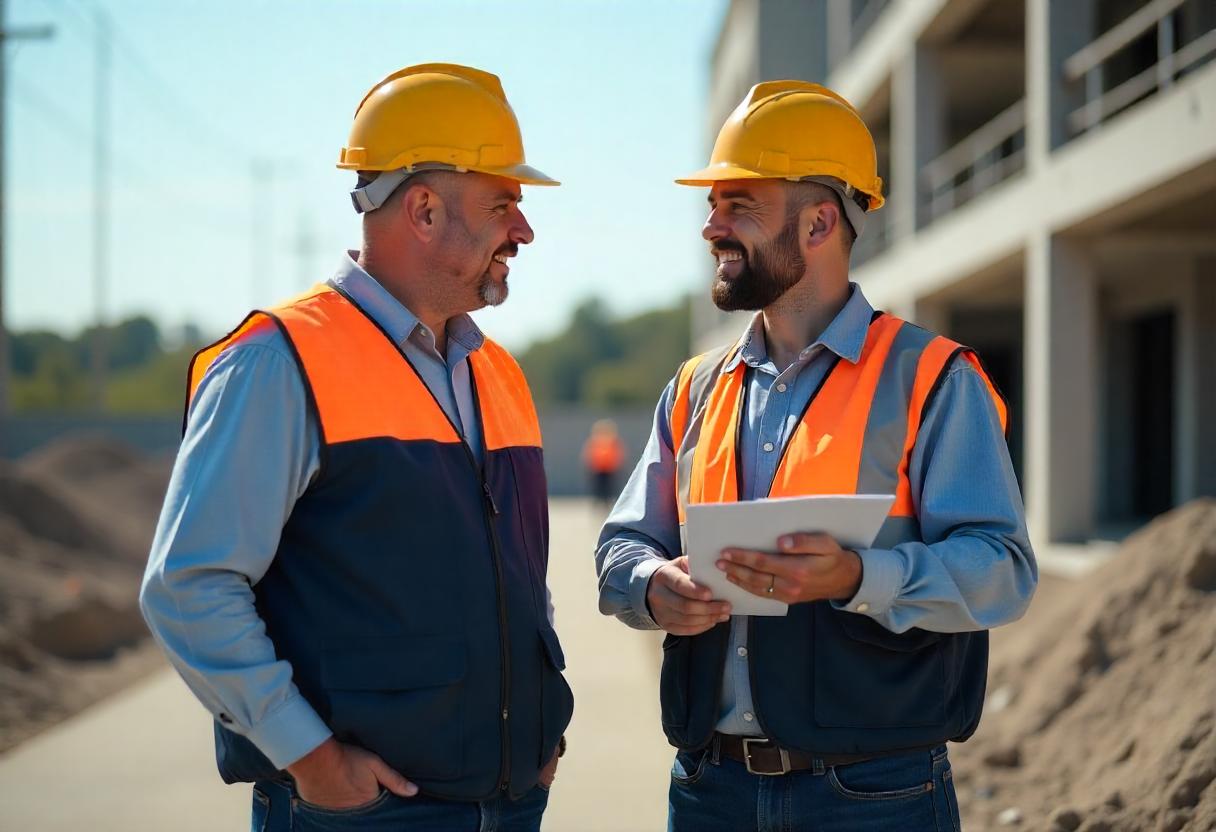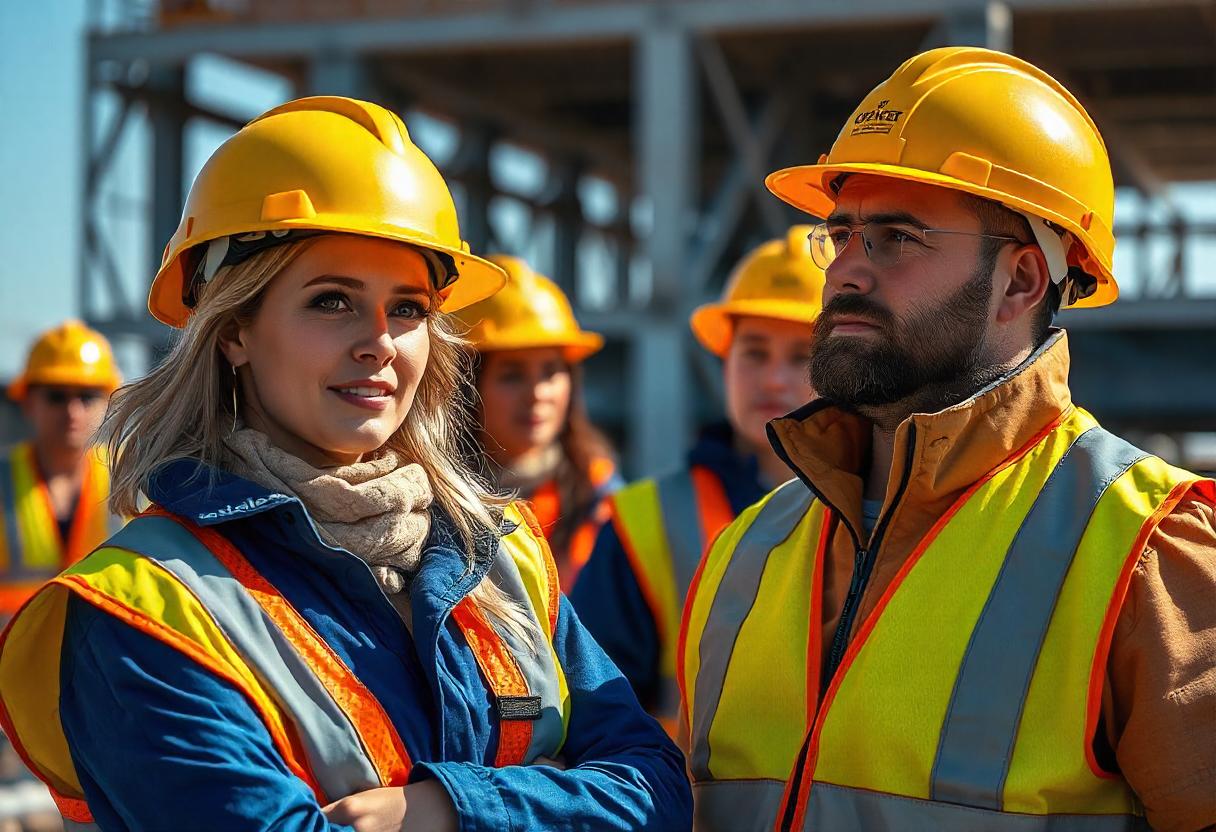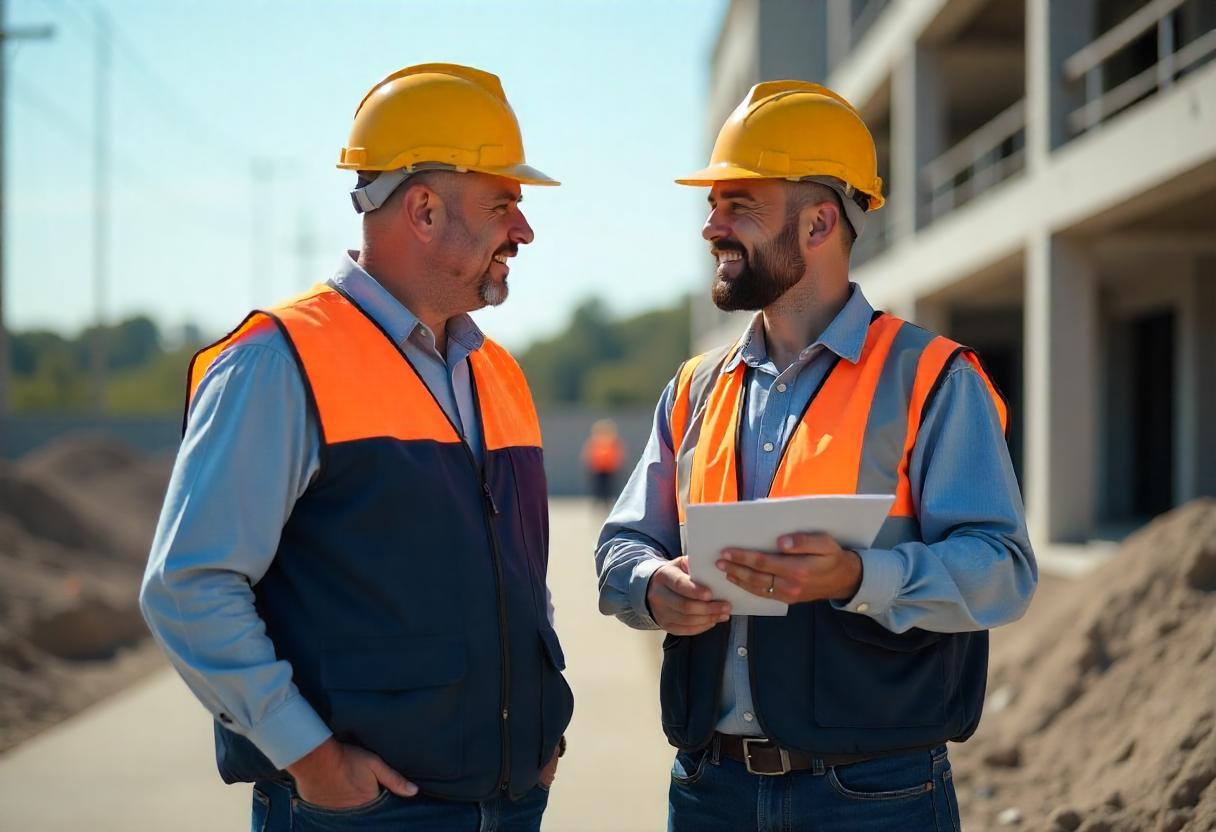From Values to Action How Culture Shapes Safe Behavior at Work

Strong 8k brings an ultra-HD IPTV experience to your living room and your pocket.
When you walk into a workplace that truly values safety, you feel it. There’s a calm sense of order, people look out for each other, and everyone seems to know what they’re doing — safely. But this kind of environment doesn’t happen by chance. It’s built on strong workplace culture, where values aren’t just written on the wall but are actually lived every day. In this article, we’ll explore how workplace culture influences safety, share real-life stories, and walk you through practical steps to create a safer work environment. For those looking to strengthen their safety practices, enrolling in a NEBOSH course in Pakistan can be a powerful step toward building and sustaining a culture of safety. Why Culture is the Backbone of Workplace Safety Workplace safety isn’t just about rules and personal protective equipment (PPE). It's about people. It starts with the shared values, beliefs, and behaviors that shape how workers think and act on the job. Imagine a construction site where workers feel pressured to skip safety checks to meet tight deadlines. Even if the rules are clear, the culture silently encourages risk-taking. Now compare that with a site where workers feel empowered to speak up about hazards without fear. That’s the power of culture. Real-life Insight Take the story of Ahmed, a technician in a textile factory. Every morning, his manager would start the shift with a 5-minute safety talk. Over time, Ahmed began to take ownership of safety himself. One day, he noticed a loose wire hanging from a machine and immediately reported it. That small action likely prevented a serious electrical accident. Why? Because safety was woven into their culture. The Link Between Culture and Safe Behavior People tend to follow what others around them are doing. In workplaces where safety culture is strong, employees are more likely to: Follow standard operating procedures Report near-misses and hazards Wear appropriate personal protective equipment Encourage coworkers to work safely Speak up about unsafe behavior without hesitation On the other hand, in a weak safety culture, people might ignore hazards, take shortcuts, or fear speaking up. This increases the chances of serious workplace accidents, injuries, or even fatalities. Common Hazards When Culture is Ignored When safety isn't a cultural priority, workplaces often suffer from preventable risks. Here are some common workplace hazards tied to poor safety culture: 1. Manual Handling Injuries Lifting heavy objects without proper techniques or help can lead to back pain, strains, or long-term injuries. Workers might avoid asking for assistance because of time pressure or fear of seeming weak. 2. Slips, Trips, and Falls In a culture that overlooks safety, minor spills or obstacles go unreported. A wet floor or misplaced cable can cause a major accident if not addressed quickly. 3. Poor Use of PPE In some places, not wearing gloves, helmets, or goggles becomes “normal.” This behavior spreads and increases the risk of injuries from chemicals, sharp tools, or falling objects. Step-by-Step Guide: Shaping a Safety-First Culture Creating a strong safety culture isn’t done overnight, but these steps can get you moving in the right direction. Step 1: Leadership Must Lead by Example Leaders set the tone. When supervisors and managers model safe behavior, it sends a message that safety matters. Always wear PPE. Conduct regular safety checks. Talk about safety in meetings — not just productivity. Step 2: Make Safety a Daily Conversation Don’t save safety talks for emergencies. Include safety messages in team meetings, newsletters, or even WhatsApp groups. Start each shift with a short safety huddle. Share stories of near-misses and lessons learned. Celebrate when someone reports a hazard. Step 3: Offer Proper Training and Refreshers Employees should be well-trained to recognize and handle hazards in the workplace. Investing in formal training like the NEBOSH Course in Pakistan is one of the most effective ways to boost safety knowledge. Many organizations have seen a dramatic drop in incident rates after enrolling their staff in the NEBOSH IGC. The course equips participants with the skills to identify risks, apply control measures, and promote a safety-first mindset. Safety Officer Course in Pakistan: A Smart Investment For those looking to build a career in health and safety, the Safety Officer Course in Pakistan offers practical training tailored to the local industrial context. This course covers accident prevention, hazard control, safety legislation, and risk assessment. Graduates often find roles in construction, oil & gas, manufacturing, and logistics — industries where safety expertise is highly valued. It’s not just about passing exams — it’s about making real change at work. How to Encourage Employees to Buy into Safety You can have the best rules in the world, but if people aren’t on board, they won’t follow them. Here's how to get buy-in: 1. Involve Workers in Decision Making Ask for their input when creating safety policies. This builds ownership and makes the rules more practical. 2. Recognize and Reward Safe Behavior Catch people doing the right thing and appreciate it — even a simple “thank you” goes a long way. 3. Make Reporting Easy and Blame-Free Create a culture where people can report problems without fear of punishment. Use anonymous suggestion boxes, apps, or open-door policies. Case Study: How One Factory Turned Things Around In a food processing plant in Lahore, accident rates were skyrocketing. Management realized that their culture needed an overhaul. They introduced the NEBOSH safety course in Pakistan for all supervisors, set up monthly safety awards, and created a peer-to-peer observation program. The results? Within six months: Reported hazards increased by 65% (a good sign!) Accidents dropped by 48% Employee engagement went up It wasn’t magic — just a commitment to turning values into action. Read More: Find Affordable NEBOSH Safety Course in Pakistan Final Thoughts A safe workplace doesn’t happen through posters or rules alone. It happens when safety becomes part of who you are as a team. From factory floors to corporate offices, the way people behave when no one’s watching defines your safety culture. Whether you're an employer, safety officer, or worker, remember: shaping behavior starts with shaping values. And when those values are built around safety, everyone wins. So, is your workplace culture supporting safe behavior — or silently allowing risk to grow?
Note: IndiBlogHub features both user-submitted and editorial content. We do not verify third-party contributions. Read our Disclaimer and Privacy Policyfor details.






